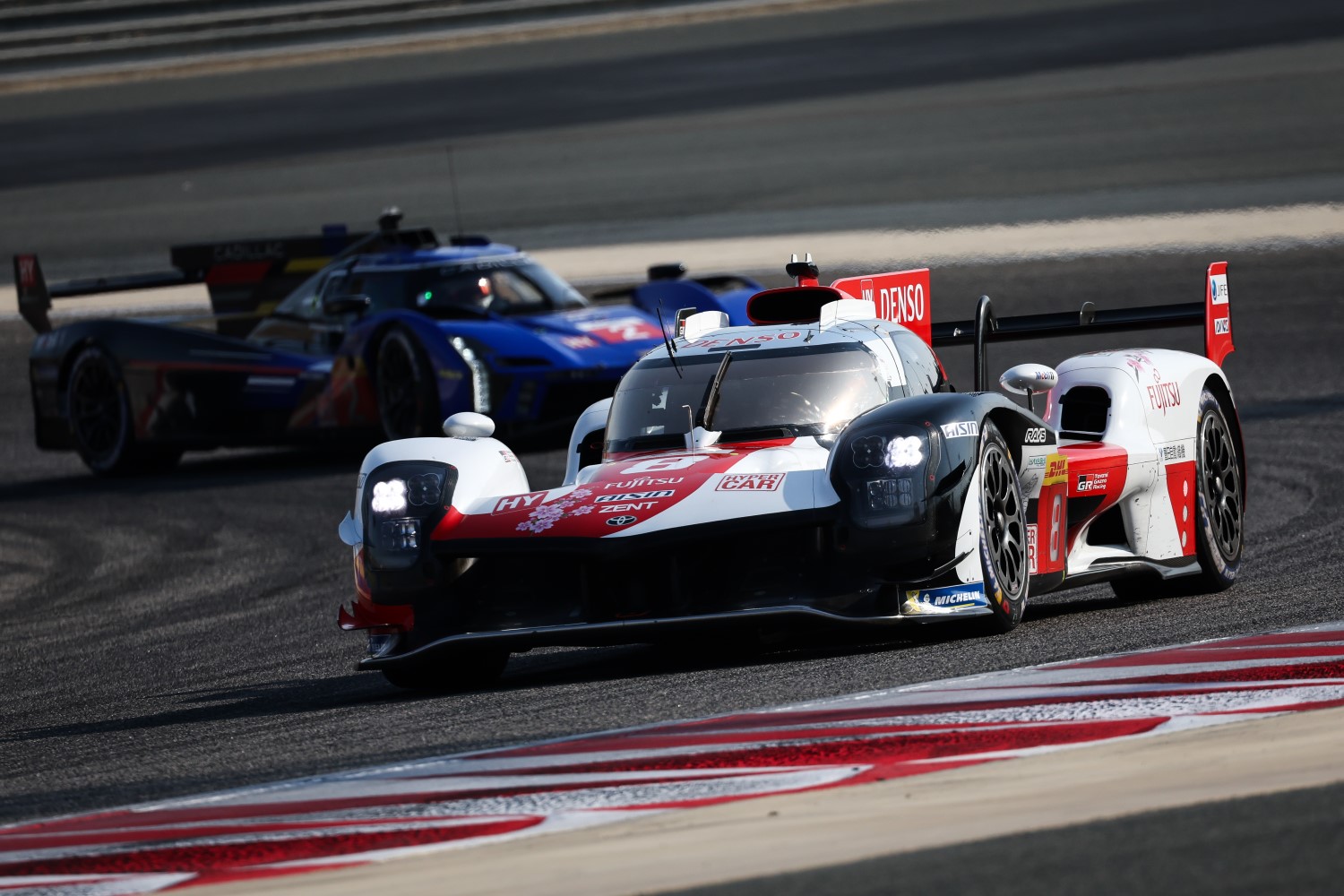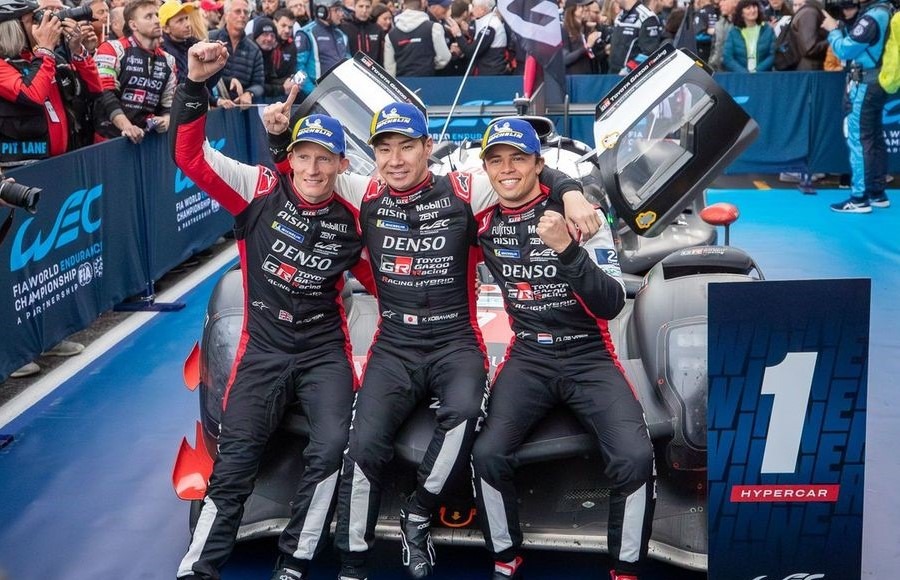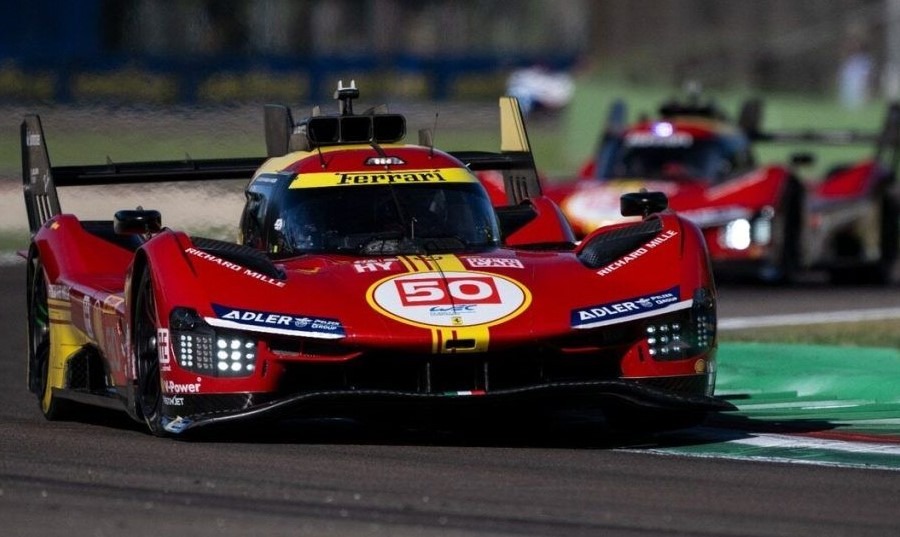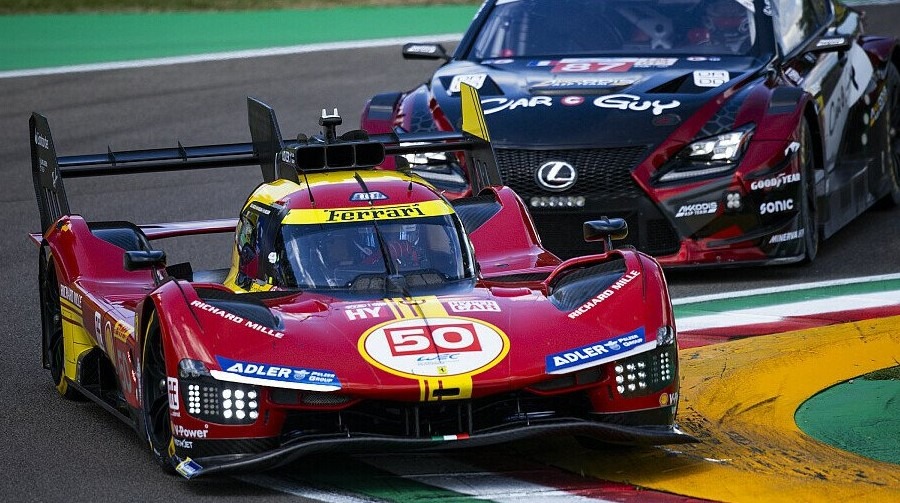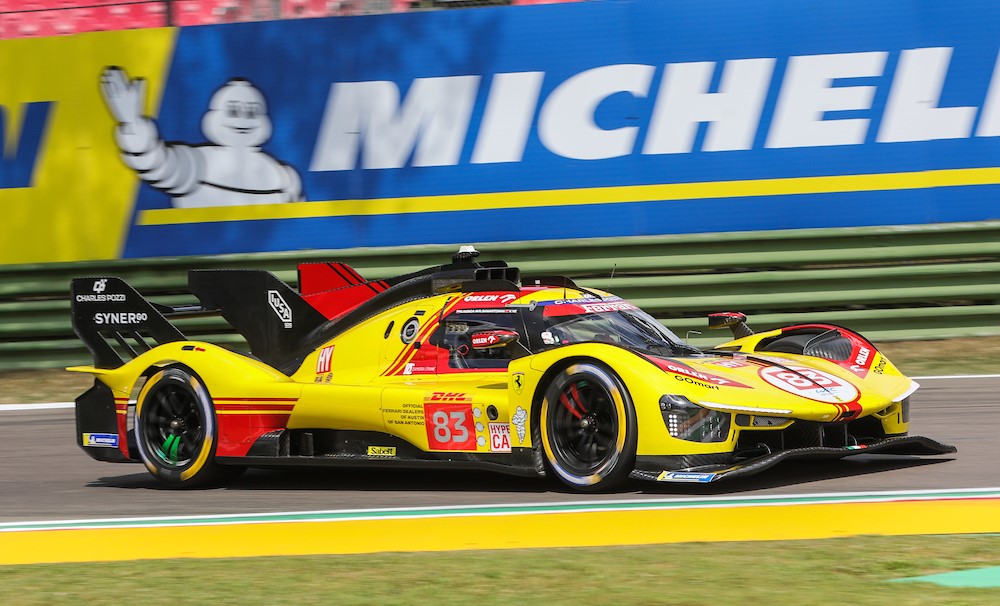Toyota Gazoo Racing’s technical director stated that the 8 Hours of Bahrain dominance was not straightforward for either car because of their individual problems.
A clutch issue beset the No. 8 Toyota GR010 Hybrid, which dominated the race and gave Brendon Hartley, Sebastien Buemi, and Ryo Hirakawa the Hypercar drivers’ title.
For the second time this season Mike Conway, Kamui Kobayashi and Jose Maria Lopez piloting the No. 7 sister Toyota GR010 Hybrid finished second despite experiencing a spec torque sensor failure.
In order to maintain their lead, Toyota’s technical chief Pascal Vasselon stated that both issues needed to be closely monitored by the WEC team.
“Not straightforward at all for both cars,” Vasselon said. “It has been quite intense because we have had problems on both cars.
“Car 8 has had quite early a clutch issue. At some point, during one stop, we were not able to restart the engine. Because on cold tires, the tires were just dragging and not counting the engine.
“So we have been very marginal. After, we decided to start in second gear, but it was really shaky. We lost quite a lot of time because the engine was not starting. [After] we went to start in second it was just a bit better to restart.
“The last three pit stops have been the most critical ones [but] it came earlier.”
The problem that affected the No. 7 Toyota’s chances of a podium finish at the 6 Hours of Portimao earlier in the season was not the same as the driveshaft-mounted torque sensor failure plaguing the team in Bahrain.
The No. 7 Toyota lost a lot of time and championship points at Portimao after it received instructions to head into the garage and replace its driveshaft.
After that incident, though, the protocol had to be modified and in Bahrain, the No. 7 car was finally allowed to operate in a “back-up” mode with reduced performance after Toyota notified the ACO and FIA of the situation.
“In Portimao, it was an internal failure [and] the sensor was in one piece,” Vasselon explained. “It was just an electronic failure.
“This time, mechanically the sensor [which is] in two parts, opened up. To have this kind of two totally different sensor failures on the same car is really amazing.
“And the problem is, after that we had to fight a bit with the backup mode. Because the backup modes are not equivalent. We had to detune quite a lot of power to satisfy our friends from the ACO.
“The regulation has changed in the sense that we have been working more precisely on acceptable backup.
“So when it has happened, we inform the FIA. We went for the backup. But the backup is not exactly 100 percent, like before [the failure].
“To make sure that we have no gain when this happens, we have to detune the power quite a lot.”
Vasselon claims that during the second part of the race, the No. 7 Toyota was operating in backup mode owing to the damaged sensor remaining attached to the driveshaft. This presented a dilemma regarding when to make what might have been a long pit stop.
“We were worried to rip off the loom because the sensor was hanging,” said Vasselon. “And we were questioning ourselves whether we stop and we really properly disconnect it.
“Or we take the risk to have the loom ripped off and then it would have stopped the car.
“Looking a bit at pit stops, it was hanging but it was staying in place.
“So we went for it.”
